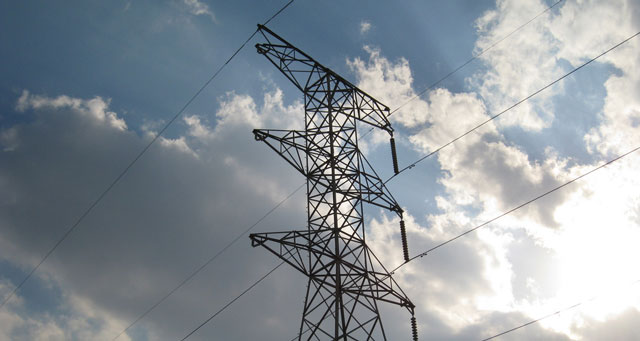
By May this year, Eskom will have paid businesses at least R2,9bn to cut back on power usage in a bid to prevent blackouts. Had the National Energy Regulator of South Africa (Nersa) not rejected its request for provision to be made for an R8bn, five-year buy-back project, the amount, over a seven-year period, would have been an estimated R10,9bn.
Electricity analyst Chris Yelland said the scheme was unfair because some customers were paying to use power while others were being given incentives not to use power. He said Eskom could not increase tariffs to pass the bill on to its other customers.
The energy regulator also allowed the utility to raise prices by only 8% every year for the next five years, instead of the 16%/year increase Eskom had requested.
“Nersa has not made provision for the buy-back money in Eskom’s budget, so it will have to take the money out of its profit [R12,6bn in six months to September] rather than from tariffs,” he said.
The buy-back scheme, which operated in 2012 from January to May and is being run again until May this year, pays big users to cut back on power consumption during summer.
The scheme falls away in winter because the rates are nine times the price for peak-time use, so many industries choose to do maintenance work during that time to save money, which automatically puts less strain on the power grid, according to Eskom.
Eskom spokesman Hilary Joffe said the buy-back scheme gave the energy provider some room to manoeuvre should there be power shortages.
The main clients Eskom is buying power back from are the smelters, largely in the energy-intensive ferrochrome sector. The company has more than 140 large industrial and mining customers.
Eskom pays these customers up to 75c/kWh to reduce power during the summer months but it has not revealed who benefits from the deal, saying that it is up to individual companies to disclose this information.
This has been criticised because of the lack of transparency. Other objections are that Eskom is paying significantly more to high-energy users than it is receiving from other companies, which pay — on average, across summer and winter, peak and off-peak periods — about 56c to 58c/kWh.
“The term buy-back is misleading,” said Yelland. “Eskom is not buying back anything. It’s really paying customers not to use electricity, straight and simple, and it does not cost Eskom anything. The costs are transferred to the other customers.”
Yelland estimates that, conservatively, Eskom will have paid the large consumers R1,1bn this year not to use between 900MW and 1GW of power.
Joffe said no decision had been made yet whether to continue the programme without the money being provided for it. “There has been no discussion at present about the buy-back programme,” she said.
But Yelland said Eskom would need to review how it operated if it had to do without the lower consumption achieved by the scheme.
On Wednesday, Nersa told parliament it was opposed to any buy-back scheme. — (c) 2013 Mail & Guardian
- Visit the Mail & Guardian Online, the smart news source




